Optimal Timing for Land Gradings
Gradings are a critical part of many industries, including construction, landscaping, and surveying. They involve assessing and marking land or property to establish boundaries, elevations, or other important features. Proper timing ensures accurate results and minimizes disruptions to ongoing work or property use.
Gradings are often best performed during dry seasons when soil is stable and less prone to shifting, ensuring precise measurements and stable markings.
Avoid periods of heavy rain or extreme cold, as these conditions can affect soil consistency and measurement accuracy.
Timing gradings to align with project milestones can improve workflow, typically before foundation work or landscaping begins.
Optimal soil moisture levels facilitate easier grading and more accurate assessments, usually in late spring or early fall.
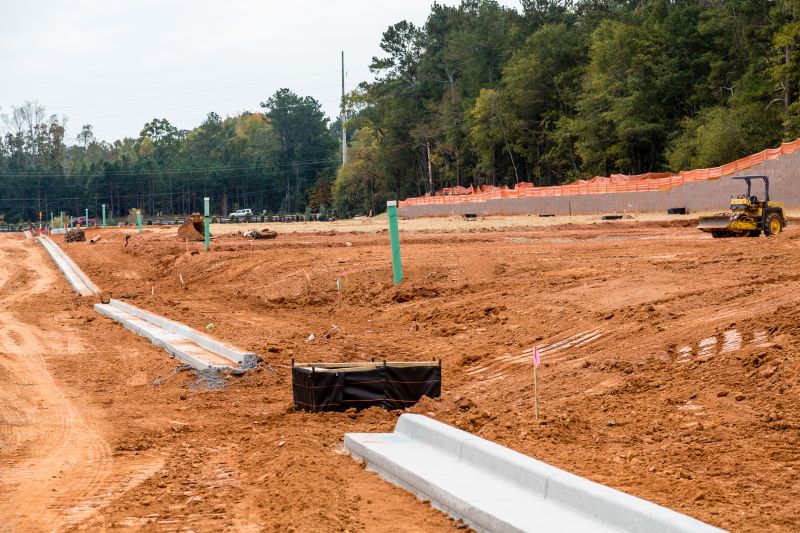
Construction site showing grading equipment during dry weather.

Close-up of soil being prepared for grading, with moisture levels visible.
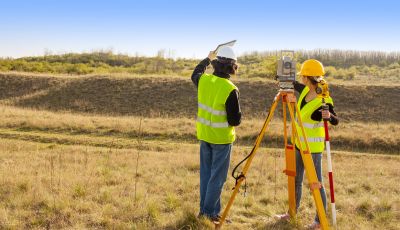
Surveyors using equipment to mark land boundaries.
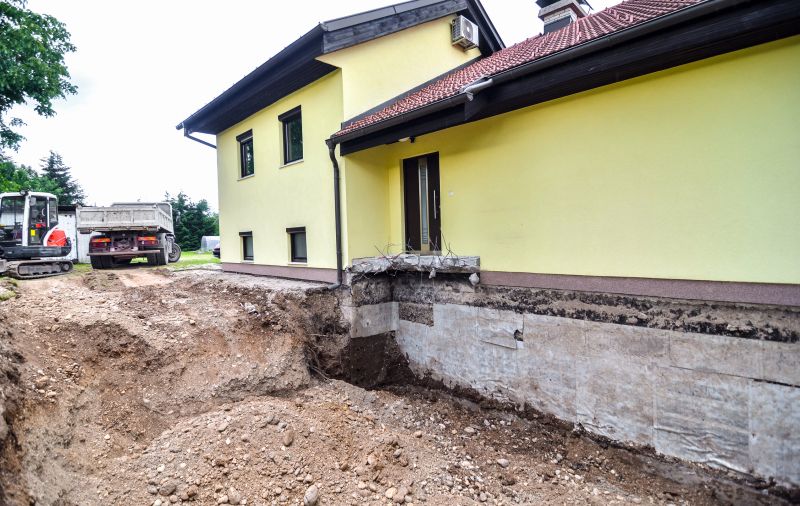
Finished grading site ready for foundation or landscaping.
Timing of gradings can significantly influence project efficiency and accuracy. Conducting assessments during optimal weather conditions reduces the risk of soil movement and measurement errors. Proper planning ensures that grading aligns with construction schedules, preventing delays and rework. Studies show that scheduling during dry, stable weather improves grading precision by up to 30 percent, leading to better foundation stability and site readiness.

Surveyors marking land boundaries with precision tools.

Heavy machinery performing grading operations.

Inspector reviewing graded land for compliance.
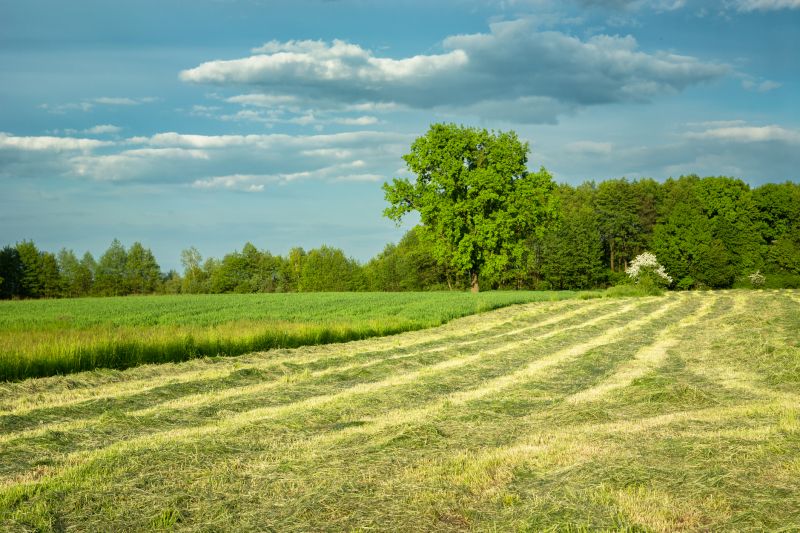
Site prepared for landscaping after grading.
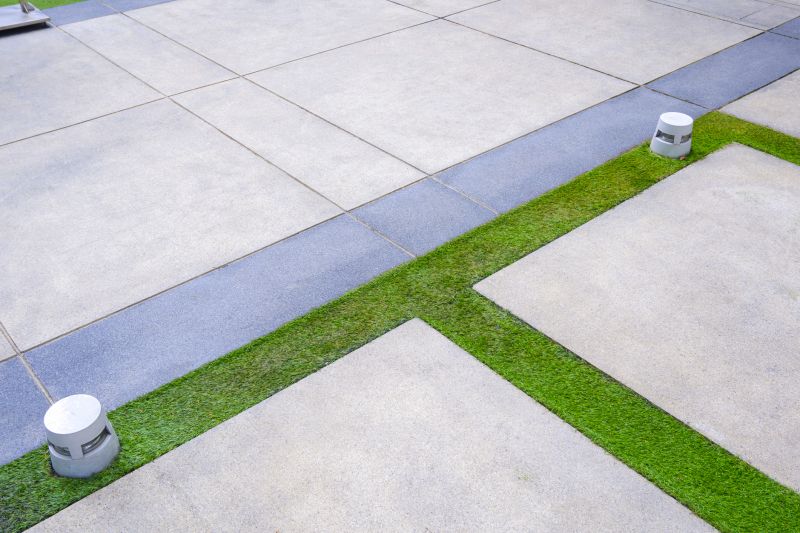
Ways to make Gradings work in tight or awkward layouts.
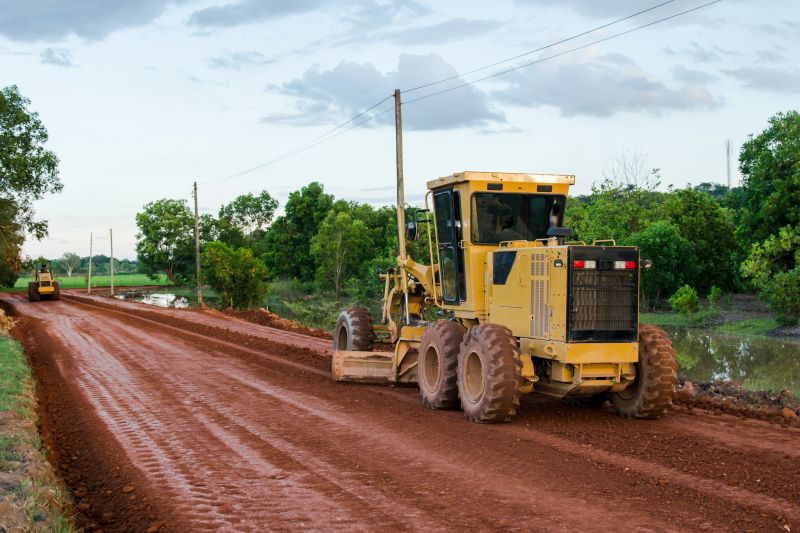
Popular materials for Gradings and why they hold up over time.
| Factor | Optimal Timing |
|---|---|
| Weather Conditions | Dry seasons, avoid heavy rain periods |
| Soil Moisture | Late spring or early fall |
| Project Schedule | Before foundation or landscaping phases |
| Regulatory Deadlines | Align with local permit and inspection dates |
| Temperature | Moderate temperatures prevent soil shrinkage or expansion |
Understanding the best times for gradings can improve accuracy, reduce costs, and streamline project timelines. Proper scheduling based on seasonal and weather patterns helps ensure land assessments are reliable and durable. Consulting with experienced surveyors and grading specialists can provide tailored advice for specific sites and project needs.

Surveyor evaluating land during optimal season.
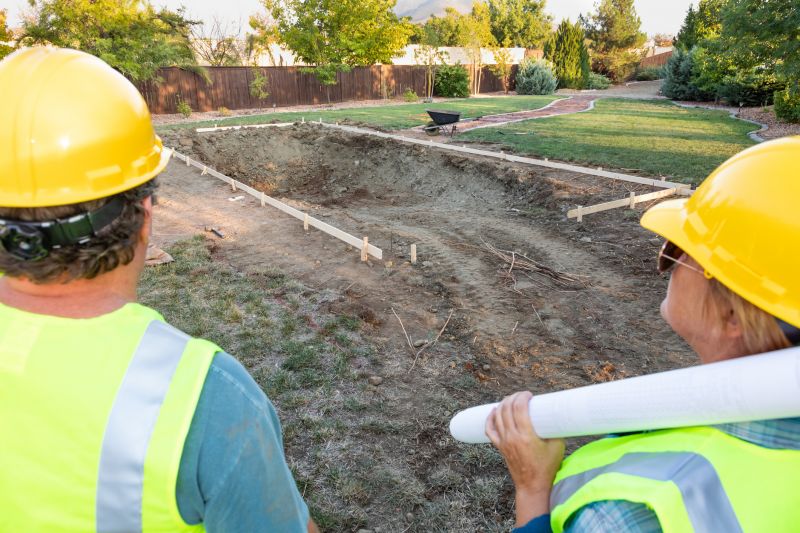
Graded site prepared for construction activities.

Soil samples collected for moisture and stability analysis.
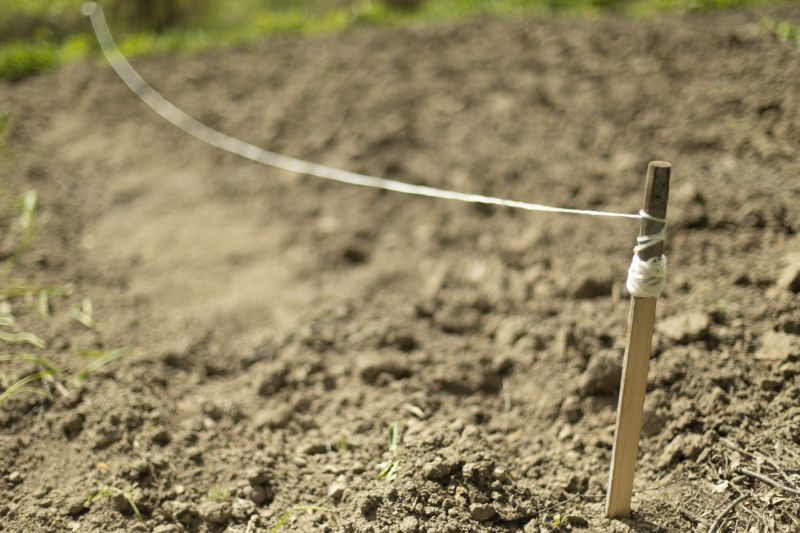
Markers indicating boundaries after grading.
Interested parties are encouraged to contact for more information about scheduling gradings at appropriate times. Proper timing can significantly impact the success of land development and construction projects, ensuring stable foundations and precise land delineation.
